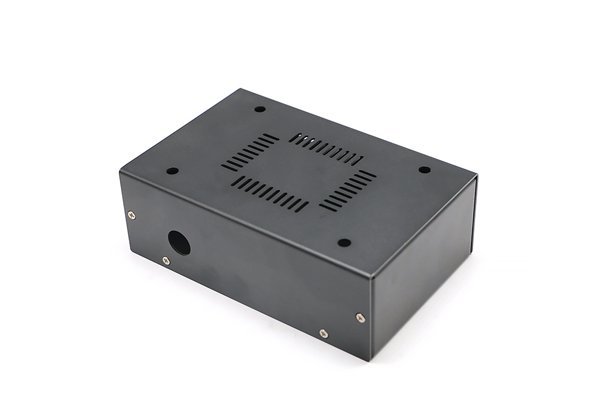Did you know that thermal stress is one of the leading causes of failure in engineered products? In fact, up to 20% of component failures in demanding applications can be attributed to thermal stress related issues. Understanding how to mitigate this challenge is of utmost importance, particularly in industries like aerospace, automotive, and technology. This blog will delve into how CNC (Computer Numerical Control) prototypes can effectively reduce product thermal stress through careful material selection, offering detailed insights and solutions that you can implement in your own projects.
Understanding Thermal Stress
Thermal stress arises when temperature changes induce expansion or contraction in materials. Every material expands when heated and contracts when cooled; when these changes are uneven or constrained, stresses build up, which may lead to cracks, warping, or, in severe cases, component failure. For instance, in aerospace applications, the components are often exposed to extreme temperature variations, making thermal stress mitigation critical for safe operation.
The Role of CNC Prototyping
CNC prototyping, an advanced manufacturing process that utilizes computer-controlled machines to create precise parts, plays a pivotal role in the design and testing of components. It allows for rapid iterations and adjustments based on performance testing, which includes assessing thermal properties. Efficient CNC prototyping can significantly reduce the risks associated with thermal stress by allowing engineers to experiment with different materials and designs before full-scale production.
The Importance of Material Selection
Choosing the right material is fundamental to reducing thermal stress in CNC prototypes. Various materials exhibit different thermal expansion coefficients, thermal conductivity, and mechanical properties that influence how they respond to temperature changes. Below we explore several factors to consider when selecting materials to mitigate thermal stress.
The thermal expansion coefficient (TEC) measures how much a material expands per degree of temperature change. A lower TEC indicates that the material will undergo less expansion or contraction when exposed to temperature variations.
By selecting materials with a lower TEC, you can minimize the risks of structural failure due to thermal stress.
Materials with higher thermal conductivity can dissipate heat more effectively, decreasing temperature gradients across a component, which minimizes thermal stress.
Understanding the thermal conductivity of materials will allow engineers to select the right balance between rigidity, strength, and thermal management.
Mechanical properties will dictate how well a material can withstand thermal stress. Brittle materials might fail suddenly under thermal stress, while ductile materials can absorb more energy and deform slightly without failing.

Opting for materials with the appropriate strength and ductility will help in reducing the risk of thermal-induced failures.
Techniques to Mitigate Thermal Stress in CNC Prototypes
While material selection is crucial, there are other strategies you can employ during the design and prototyping phases to further mitigate thermal stress:
When creating CNC prototypes, engineers should design parts with thermal expansion in mind. Features such as expansion joints or intentional clearances can ensure that parts can move as they heat up or cool down, thus alleviating stress.
Using a combination of materials in a CNC prototype may help in managing thermal behavior more effectively. This hybrid approach allows designers to take advantage of the best properties of different materials, thus regulating thermal expansion.
Implementing controlled cooling or heating strategies during manufacturing can help reduce thermal stresses. For example, using gradual temperature changes during machining can allow the material to adapt better than sudden thermal shifts.
Case Studies in Thermal Stress Mitigation
Aerospace Industry
In aerospace applications, components are frequently subject to extreme thermal conditions. For instance, NASA’s Space Shuttle utilized a combination of ceramics and thermal insulating materials precisely for their low thermal expansion and high-temperature stability.
Automotive Sector
In high-performance automotive components, manufacturers routinely use CNC machining to create prototypes from specialized alloys with desirable thermal properties. For example, lightweight alloys are used for engine components to reduce thermal stress and promote fuel efficiency while maintaining strength.
In essence, successful management of thermal stress in CNC prototypes hinges on the careful selection of materials, thoughtful design, and an understanding of thermal dynamics. Not only does this approach protect against potential failures, but it also enhances the reliability and performance of the final product.
This discussion emphasizes the importance of understanding material properties—including thermal expansion, conductivity, and mechanical strength—to create effective solutions for reducing thermal stress. By integrating these considerations into the CNC prototyping process, engineers can ensure that their products are robust enough to withstand extreme conditions in various applications.
Reflecting on these techniques is crucial as we move toward more demanding and complex designs in engineering. Ensuring thermal stability is not just a necessity but an investment in longevity, reliability, and ultimate success. Remember, considering thermal properties early in the design phase can save time, money, and resources while delivering high-quality products that meet rigorous industry standards.






